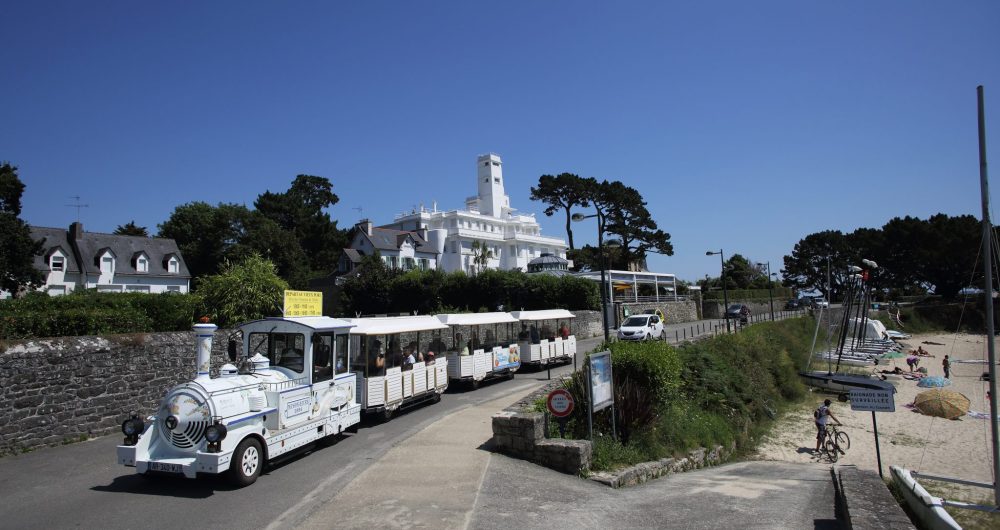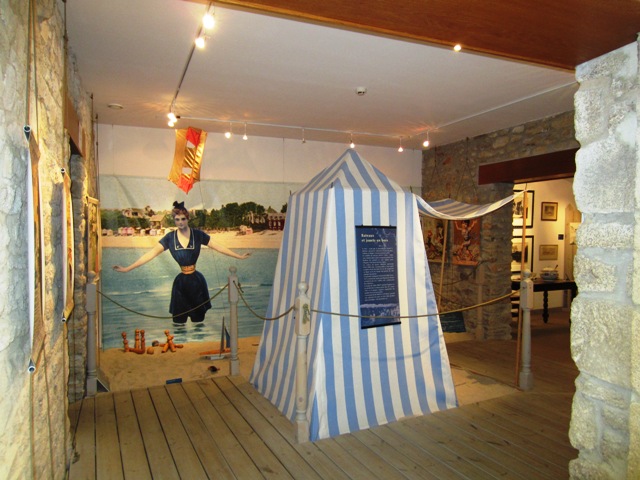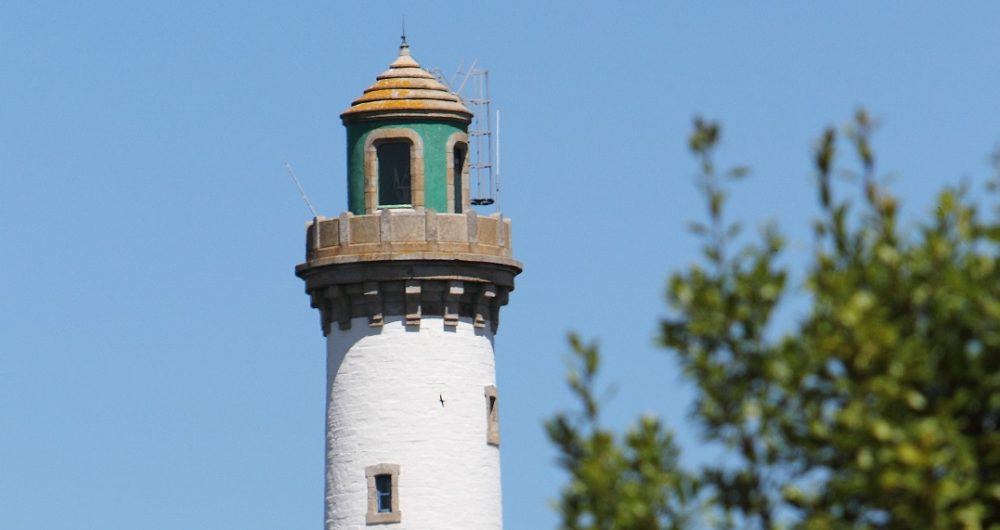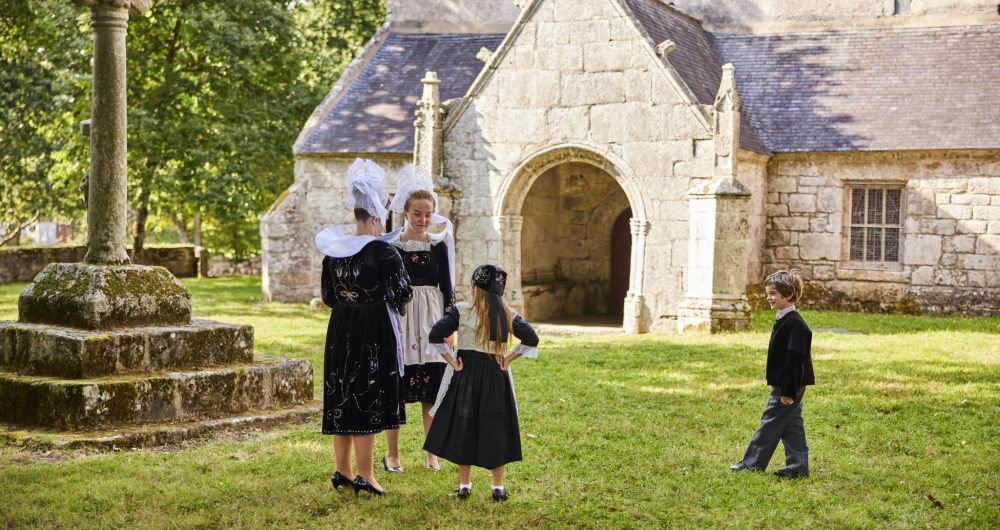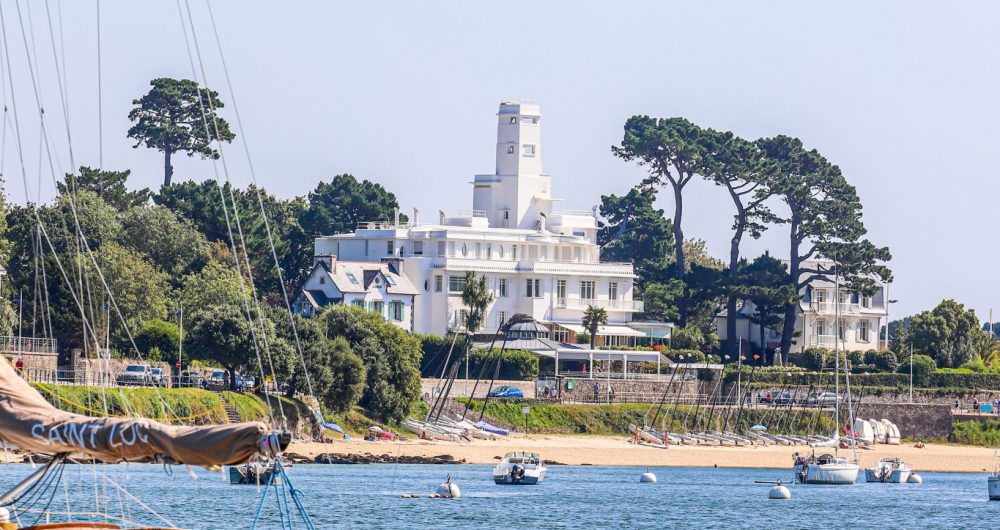Now famous as a seaside resort, Bénodet has long been appreciated for its particular location at the mouth of the River Odet. Indeed, its name in Breton means 'Head of the Odet'.
Throughout the Middle Ages, Bénodet served as a commercial outpost in Quimper for trading cereals, wines, canvas, wood, fish and other materials to be exported to Spain, Bordeaux, England or the Netherlands.
Bénodet's popularity as a seaside resort started in the late XNUMXs, when wealthy families discovered the joys of travelling for pleasure. Villas, castles and manor houses started to appear along the coast and the banks of the River Odet.
The first hotels came into being: Grand Hôtel, Hôtel de la Plage, Hôtel Ker Moor. The creation of alleys and promenades as well as the appearance of bathing cabins on Trez beach also constitute the first tourist developments in South Finistère.
The craze for 'sea bathing' and yachting meant that a rather elegant tourism industry developed here, helped by the rail connections to Quimper. Bénodet was no longer a small village of fishermen and farmers; it was blossoming into a seaside resort.
Talented writers, Émile Zola, André Suarez, Frédéric le Guyader, Guillaume Apollinaire, translated their emotions there. Many painters have idealized these moments of light and emotion such as André Dauchez, Lucien Simon, Eugène Boudin…
Enjoy a visit to Seaside Museum which retraces part of the history of Bénodet or board the Little Tourist Train for a guided tour of the city, the opportunity to learn about its history
Have you become “very curious”? For the rest it is here.

